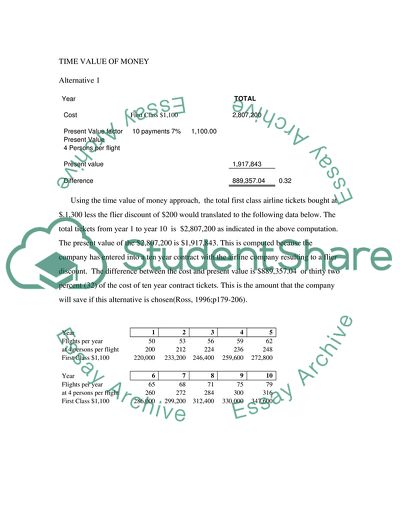Cite this document
(Capital Budgeting and Comparisons of Its Three Alternatives Assignment, n.d.)
Capital Budgeting and Comparisons of Its Three Alternatives Assignment. https://studentshare.org/finance-accounting/1708536-corporate-finance
Capital Budgeting and Comparisons of Its Three Alternatives Assignment. https://studentshare.org/finance-accounting/1708536-corporate-finance
(Capital Budgeting and Comparisons of Its Three Alternatives Assignment)
Capital Budgeting and Comparisons of Its Three Alternatives Assignment. https://studentshare.org/finance-accounting/1708536-corporate-finance.
Capital Budgeting and Comparisons of Its Three Alternatives Assignment. https://studentshare.org/finance-accounting/1708536-corporate-finance.
“Capital Budgeting and Comparisons of Its Three Alternatives Assignment”. https://studentshare.org/finance-accounting/1708536-corporate-finance.


